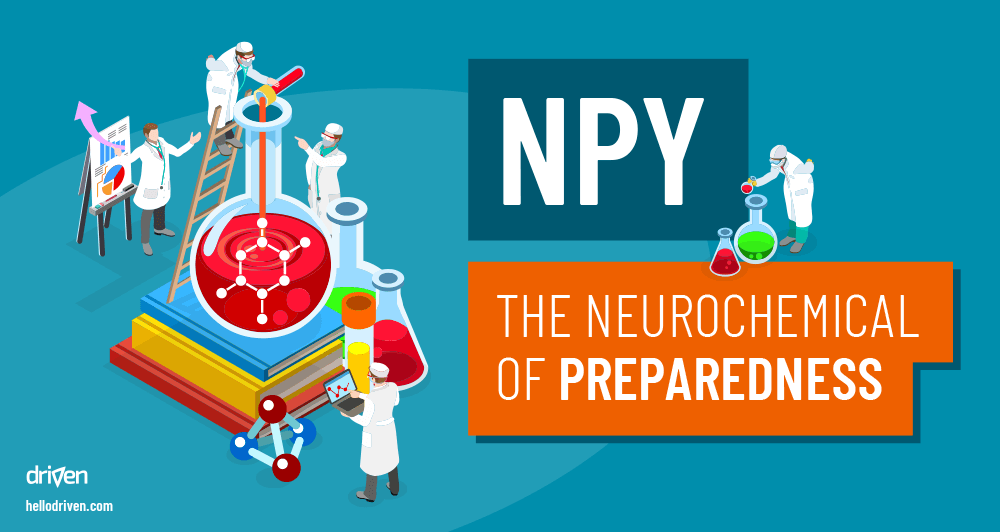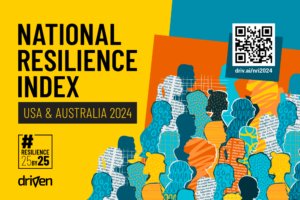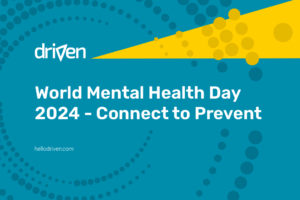I believe, quite strongly, that you should not get too distracted with neuroscience unless it drives useful decisions and actions. Keeping this focus is a way for us to manage Declarative Knowledge Overload (more about that in a previous article). This is why I want to talk to you today about Neuropeptide Y – it has important implications and is, crucially, actionable.
Why Care About NPY?
Neuropeptide Y, or NPY, is an amino acid that behaves like a neurotransmitter. It is highly concentrated in the hypothalamus, which is involved in the fight-or-flight response. NPY is also produced by the neurons in the sympathetic nervous system. The sympathetic system stimulates the body’s fight-or-flight response, while the parasympathetic nervous system calms things down.
NPY has been found to have an inverse relation to anxiety
Research on NPY has revealed quite a few interesting things. For one, people with major depressive disorder (MDD) tends to have lower NPY, while a genetic variation of lower NPY expression predisposes people to MDD.1 Supporting that, NPY has been found to have an inverse relation to anxiety.2 That means that more NPY expression leads you to feel less anxious. Scientists call this calming ability of NPY an ‘anxiolytic effect’.
There are other effects of NPY as well. For example, it has been shown to reduce alcohol consumption.3 Potentially, feeling less anxiety leads to less desire for the numbing effect of drinking. However, high NPY isn’t always a good thing: it’s been shown to be involved in obesity when NPY levels are chronically high.4 This means we need right amounts at the right time for it to be useful.
Weaponised NPY
To enhance resilience, what we want is a strong NPY response during stress, then a quick return to baseline levels afterwards. This way we experience less anxiety during adversity, but don’t risk a growing waistline.
Researchers who were interested in the resilience-boosting effect of NPY turned to the military to investigate. A study was conducted on military personnel undergoing simulated interrogation training.5,6 As expected, they found that NPY increased during the interrogation and reduced afterwards. However, they noticed that more NPY was released with special forces personnel than non-special forces. NPY levels also returned to baseline faster with special forces personnel. The result is that the special forces had a more resilient response and were less likely to experience ongoing negative emotional effects (i.e., less trauma).
But why do special forces have the advantage? Quite simply, they have had more training and more preparation than non-special forces personnel. This training over time leads to epigenetic changes that facilitates stronger NPY response and faster recovery to normal levels, meaning they get the best of both worlds – more resilience without the fat!
How to Boost Your NPY
What’s that you say? You don’t have access to a military-grade interrogation training facility? Fortunately, you don’t need one to work on your NPY. One of the skills we teach in our resilience training is called Visualisation, and it’s not what you might think. Rather than visualising success and achievement, this is quite the opposite – it’s about visualising your response to things going wrong.
In a word, it’s about being prepared
It’s easy to imagine a bad situation and feel anxious as a result. It might make you worry, or even feel sick. Visualisation is about gradually stepping through the consequences of something going wrong, or facing a big challenge, then thinking constructively about how you would manage the situation and overcome it. This involves challenging negative thinking and thought loops that lead to unhelpful behaviours.
There are a few useful outcomes from constructively working through scenarios in this way.
You become more mentally prepared in case something does happen.
You gain more confidence in your ability to manage unexpected situations.
You identify ways to reduce the impact of the event in advance.
In a way, this is similar to Cognitive Behavioural Therapy (CBT), though Visualisation is a skill you can learn by yourself in advance. After all, you don’t need to wait until you have lost your phone to figure out what you would do if you did lose it. It’s this last point that makes it really useful – since working through scenarios might help you realise that there’s something you can do to reduce the likelihood of something happening (like flossing reduces the risk of root canals), or mitigate the impact (like making sure the data and photos on your phone is backed up online).
Prepare to Increase NPY
By following your visualisation with action, you create a more secure environment for yourself physically and mentally. The challenge lies in not skipping to the end, and also not letting yourself get carried away by negative thoughts – stay constructive! Start small, then work your way up to more challenging scenarios (PS, if you struggle to remain calm even when thinking of a small scenario, reach out to a psychologist).
In a word, it’s about being prepared – just like the special forces are more prepared than other military personnel. This is how you train your brain to release more NPY at the right time, giving you more resilience when you need it, and helping you recover faster.
But wait, there’s more! Exercise is also proven to increase your ability to release NPY!7,8,9 Several studies have noted this ability of regular physical exercise to help, showing us once again that looking after yourself is not about physical appearance, but also about your own mental health.
Want more NPY at the right time? Then exercise your mind and body to become more resilient.
All the best,
Jurie
Click to get notified of new publications
1. Mickey, B. J., Zhou, Z., Heitzeg, M. M., Heinz, E., Hodgkinson, C. A., Hsu, D. T., … & Stohler, C. S. (2011). Emotion processing, major depression, and functional genetic variation of neuropeptide Y. Archives of general psychiatry, 68(2), 158-166.↩
2. Zhou, Z., Zhu, G., Hariri, A. R., Enoch, M. A., Scott, D., Sinha, R., … & Hodgkinson, C. A. (2008). Genetic variation in human NPY expression affects stress response and emotion. Nature, 452(7190), 997.↩
3. Tatemoto, K. (2004). “Neuropeptide Y: History and Overview”. In Michel MC. Handbook of Experimental Pharmacology. 162. Springer. pp. 2–15.↩
4. Dryden, S., Pickavance, L., Frankish, H. M., & Williams, G. (1995). Increased neuropeptide Y secretion in the hypothalamic paraventricular nucleus of obese (fa/fa) Zucker rats. Brain research, 690(2), 185-188.↩
5. Morgan, C. A., Wang, S., Southwick, S. M., Rasmusson, A., Hazlett, G., Hauger, R. L., & Charney, D. S. (2000). Plasma neuropeptide-Y concentrations in humans exposed to military survival training. Biological psychiatry, 47(10), 902-909.↩
6. Morgan, C. A., Rasmusson, A. M., Wang, S., Hoyt, G., Hauger, R. L., & Hazlett, G. (2002). Neuropeptide-Y, cortisol, and subjective distress in humans exposed to acute stress: replication and extension of previous report. Biological psychiatry, 52(2), 136-142.↩
7. Lewis, D. E., Shellard, L. Y. N. D. S. E. Y., Koeslag, D. G., Boer, D. E., McCarthy, H. D., McKibbin, P. E., … & Williams, G. (1993). Intense exercise and food restriction cause similar hypothalamic neuropeptide Y increases in rats. American Journal of Physiology-Endocrinology And Metabolism, 264(2), E279-E284.↩
8. Morris, M. J., Russell, A. E., Kapoor, V., Cain, M. D., Elliott, J. M., West, M. J., … & Chalmers, J. P. (1986). Increases in plasma neuropeptide Y concentrations during sympathetic activation in man. Journal of the autonomic nervous system, 17(2), 143-149.↩
9. Lundberg, J. M., Martinsson, A., Hemsén, A., Theodorsson-Norheim, E., Svedenhag, J., Ekblom, B., & Hjemdahl, P. (1985). Co-release of neuropeptide Y and catecholamines during physical exercise in man. Biochemical and biophysical research communications, 133(1), 30-36.↩



